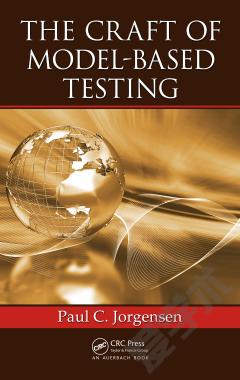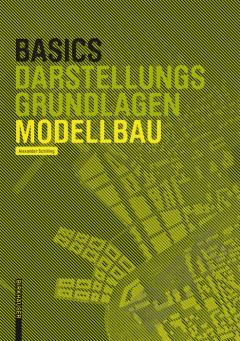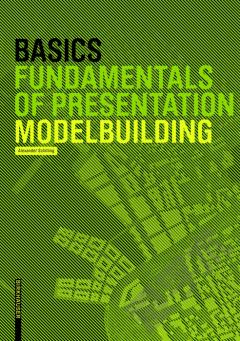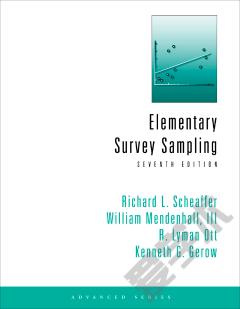The Craft of Model-Based Testing
In his latest work, author Paul C Jorgensen takes his well-honed craftsman approach to mastering model-based testing (MBT). To be expert at MBT, a software tester has to understand it as a craft rather than an art. This means a tester should have deep knowledge of the underlying subject and be well practiced in carrying out modeling and testing techniques. Judgment is needed, as well as an understanding of MBT the tools. The first part of the book helps testers in developing that judgment. It starts with an overview of MBT and follows with an in-depth treatment of nine different testing models with a chapter dedicated to each model. These chapters are tied together by a pair of examples: a simple insurance premium calculation and an event-driven system that describes a garage door controller. The book shows how simpler models lowcharts, decision tables, and UML Activity charts xpress the important aspects of the insurance premium problem. It also shows how transition-based models inite state machines, Petri nets, and statecharts re necessary for the garage door controller but are overkill for the insurance premium problem. Each chapter describes the extent to which a model can support MBT. The second part of the book gives testers a greater understanding of MBT tools. It examines six commercial MBT products, presents the salient features of each product, and demonstrates using the product on the insurance premium and the garage door controller problems. These chapters each conclude with advice on implementing MBT in an organization. The last chapter describes six Open Source tools to round out a tester knowledge of MBT. In addition, the book supports the International Software Testing Qualifications Board (ISTQB ) MBT syllabus for certification.
{{comment.content}}








 京公网安备 11010802027623号
京公网安备 11010802027623号